Don’t Be Fooled: The US Is Facing A National Debt Crisis - Nico Simons
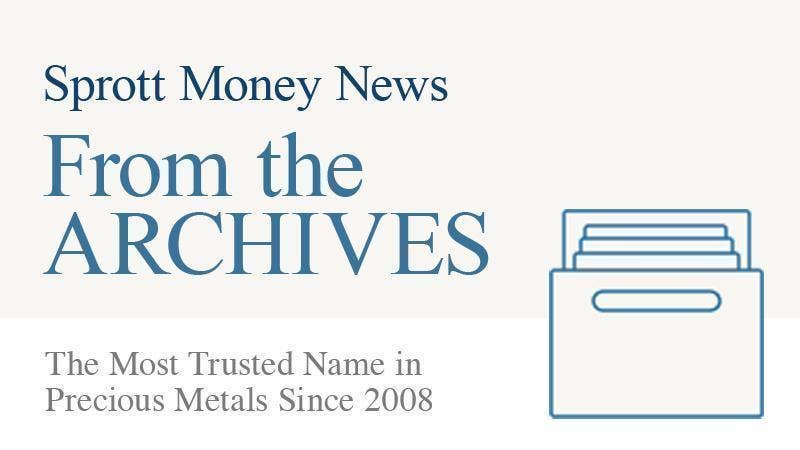
September 2, 2016
The US National Debt is the sum of all outstanding debt owed by the US Federal Government. The debt is an accumulation of federal budget deficits. Congress usually raises the national debt ceiling to prevent the negative consequences of a debt default. In the short run, the economy and voters benefit from deficit spending. America’s debt is the largest in the world for a single country.
As of December 17th, 2015, the US national debt is $18,796 billion, equal to 105% of GDP. So, the debt is more than the US produces in a whole year. That normally tells investors that the country might have problems repaying the debt. Furthermore, a study of Reinhart and Rogoff (1) shows that high public debt (> 90% GDP) stifle economic growth. This is a new and worrying occurrence for the US.

N.B.:
US Debt per capita 2015: $ 58,940.
US Debt per full-time employee 2015: $ 154,192.
The Federal Reserve Camouflage
Normally at any point, debt owners could demand larger interest payments to compensate for what they perceive as an increasing risk they won’t be repaid. The Federal Government can’t keep running up deficits if interest rates skyrocket, like they did with Greece. Why have interest rates become so low? This is where the Federal Reserve (Fed) runs in to keep the interest rate artificial low.

With this ZIRP (Zero Rate Interest Policy) from 2008 till now the Fed brought down the interest burden on the US National Debt, as show in the graph below.

So even though there was an increasing risk for not being repaid, the owners of the US National Debt received less interest from 2008 till 2016 and probably at least seven years further. This ZIRP from the Fed benefited the budget deficit from the Federal Government during 2008 – 2015 in total for $ 2,838 billion as follows.

The presented (or better polished) budget deficit from the Federal Government during 2008 – 2015 is very misleading. Without the ZIRP from the Fed the budget deficit is still 6 – 8% of GDP (based upon the 5% average Fed key rate since 1954).

By keeping the interest rates artificial low, the Fed helps the government avoid the high-interest penalty it would usually incur for excessive debt (like Greece did). The Fed Camouflage: ZIRP.
Reducing the US budget deficit and balancing the federal budget, but not at the expense of cutting vital government functions, such as defence, education, transportation, social security and medicare, require making tough, unpopular choices. The revenues (taxes) have to be raised, and raised dramatically. The average revenues from 1974 to 2013 are 17.4% of GDP. Without the Fed camouflage the budget deficit 2015 is 7% of GDP.
So the taxes have to be raised by 7% / 17.4% * 100% = 40%.
Is it possible to put the US on a strong fiscal path and turn federal budget deficits into a balanced federal budget? And who is going to tell the investors that the US might have problems repaying the US National Debt?

Who owns the US National Debt?
72% Of the US National Debt is held by the public (including foreign governments and Fed) and 28% are intergovernmental holdings (Social Security Funds and other trust funds).

We know already that the Fed draw-up a camouflage round the federal budget deficit by keeping the interest rates artificial low. But there is a second camouflage. If China no longer wants to increase their holdings in US treasuries and intra governmental holdings are exhausted or not willing who is the Federal Government gone call? Again this is where the Fed ran in with another camouflage as of 2010; otherwise the US Federal Government would have defaulted.

Why does the Fed own treasury debt? The Fed acts as lender of the last resort. The Fed tripled its holdings between 2007 and 2014. That’s when it ramped up its open market operations (Quantitative Easing). As America’s Central Bank, the Fed is in charge of the country’s credit, so it really doesn’t have a financial reason to own treasury notes. The Fed’s been criticized for simply monetizing the national debt. The Fed purchases treasuries from its member banks, using credit it created out of thin air. This has the same effect as printing money.
Facing a debt crisis
It’s a dead end street. America is obviously facing a national debt crisis, or already in a national debt crisis, if it wasn’t for the camouflages of the Fed. The US Federal Government is keeping up the appearances of being on a strong fiscal path for the majority of the population, but the federal budget deficit is not really under control. The Fed won some time through their camouflages (ZIRP and printing money). The higher US debt and low interest rules out (further) loans from other countries and probably intra governmental holdings. A default of the Federal Government would dramatically affect the economy.
(1) Reinhart and Rogoff, Growth in a time of debt, 2010
Don’t miss a golden opportunity.
Now that you’ve gained a deeper understanding about gold, it’s time to browse our selection of gold bars, coins, or exclusive Sprott Gold wafers.
About Sprott Money
Specializing in the sale of bullion, bullion storage and precious metals registered investments, there’s a reason Sprott Money is called “The Most Trusted Name in Precious Metals”.
Since 2008, our customers have trusted us to provide guidance, education, and superior customer service as we help build their holdings in precious metals—no matter the size of the portfolio. Chairman, Eric Sprott, and President, Larisa Sprott, are proud to head up one of the most well-known and reputable precious metal firms in North America. Learn more about Sprott Money.
Learn More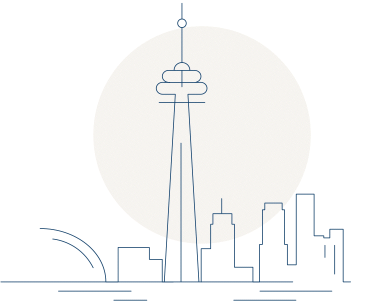
You Might Also Like:
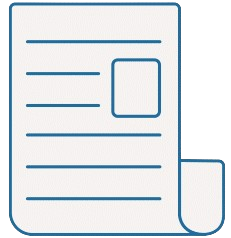



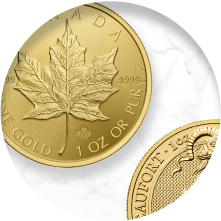

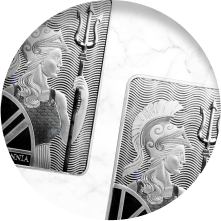
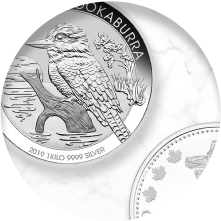
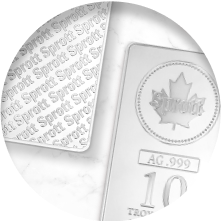

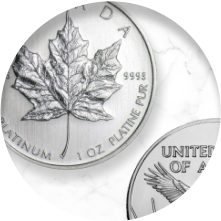

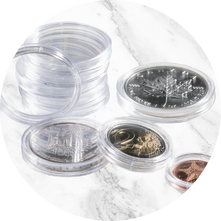
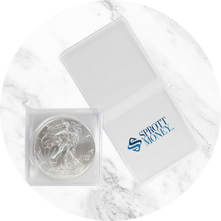


Looks like there are no comments yet.